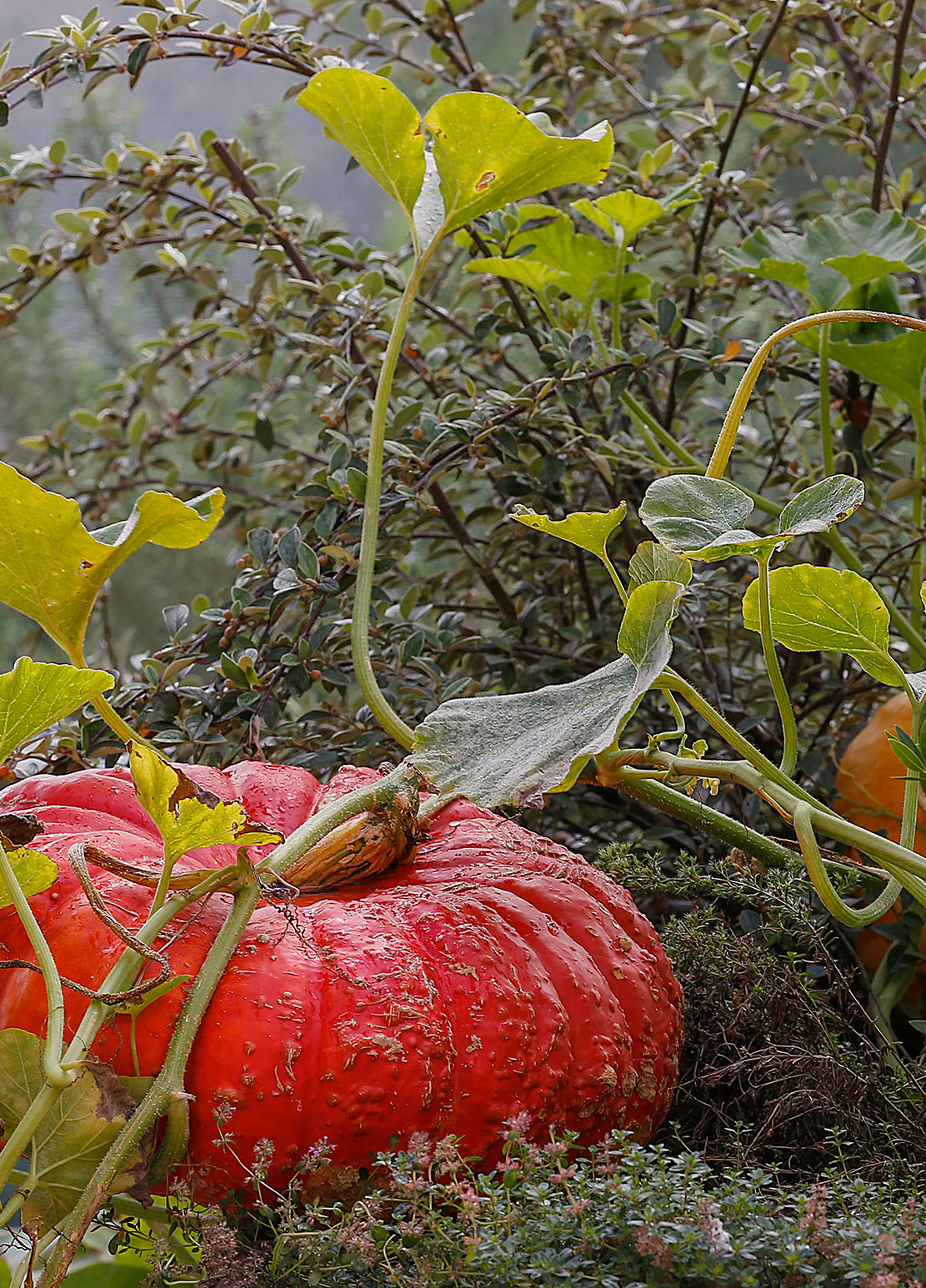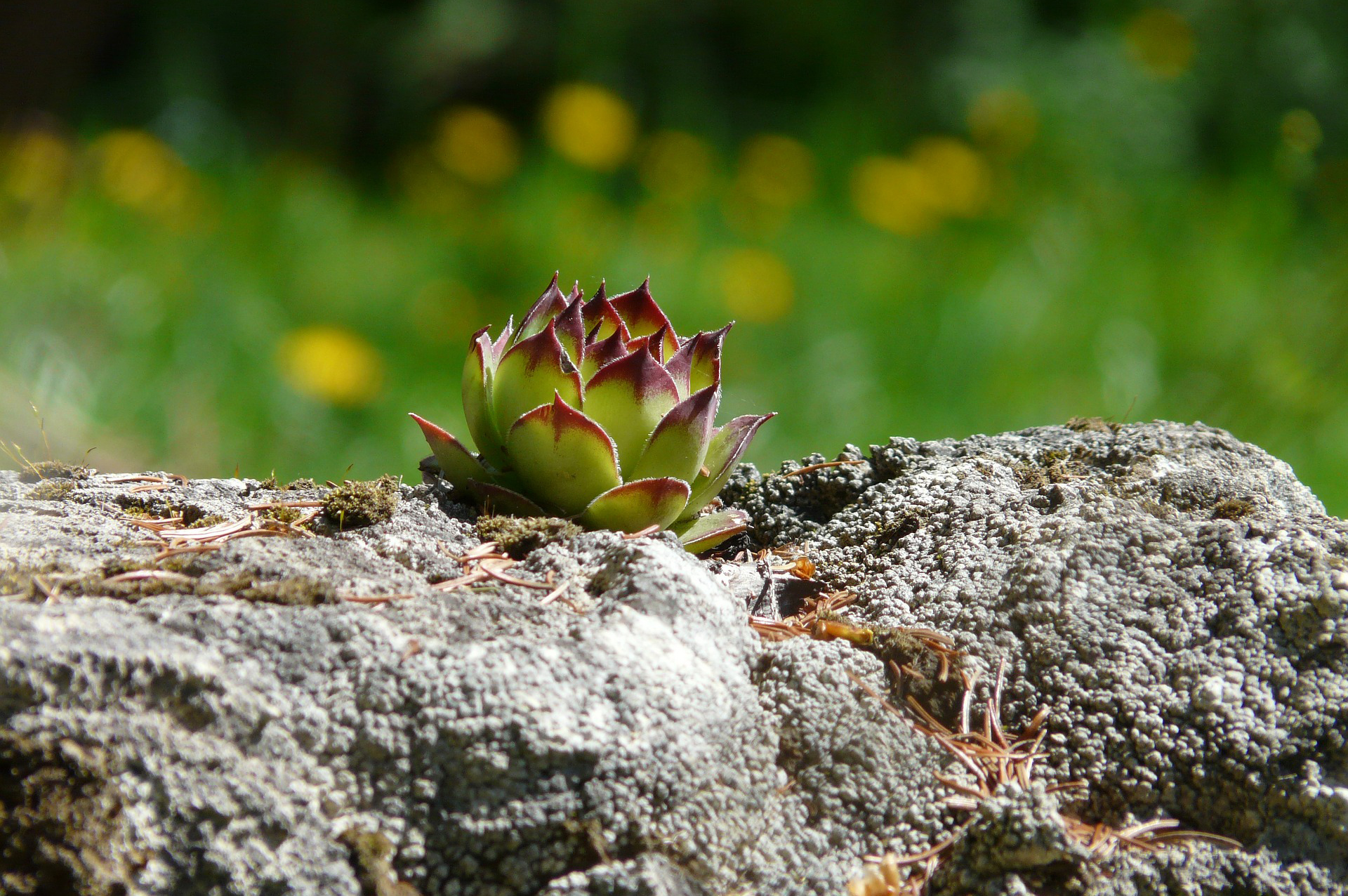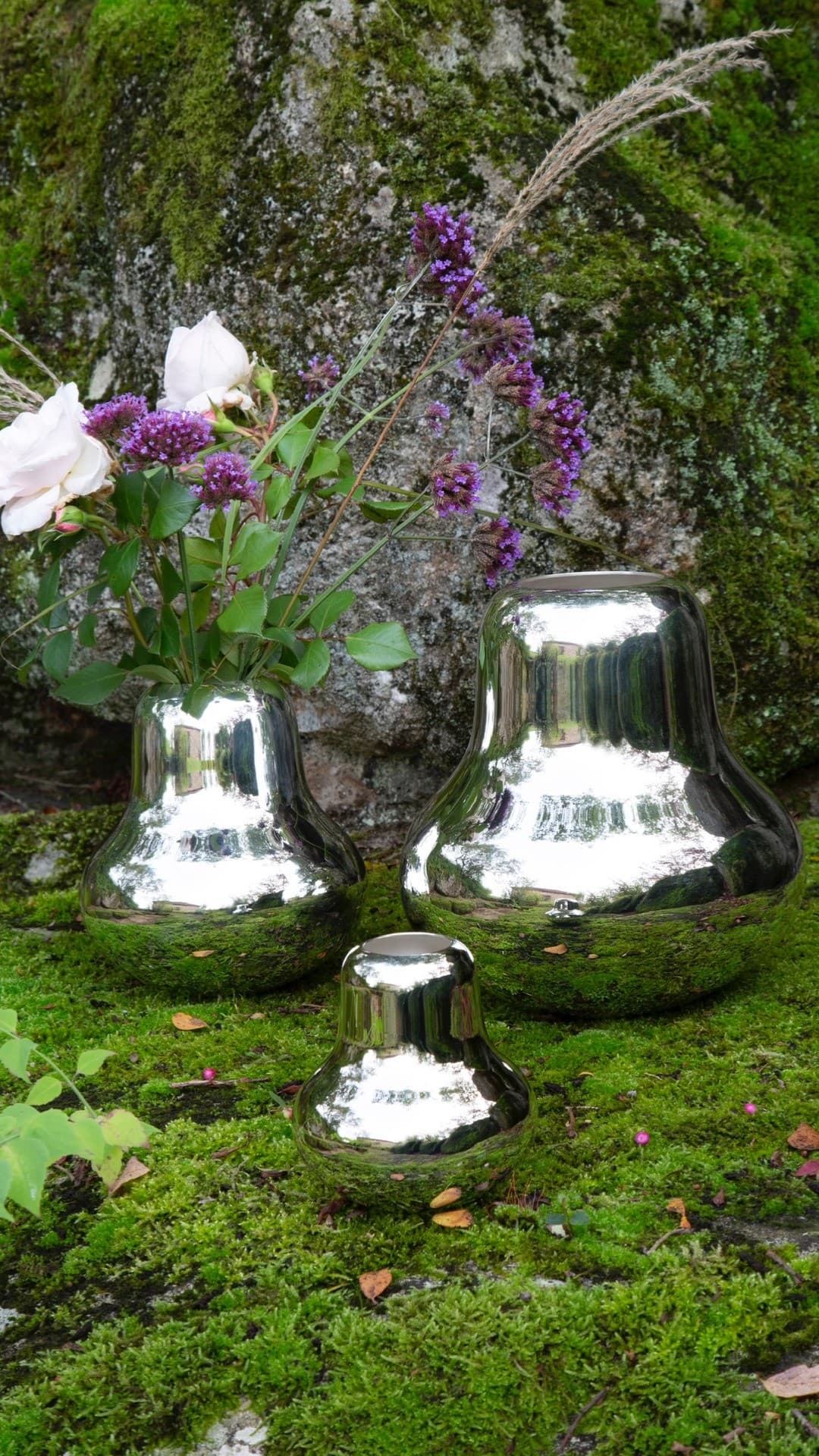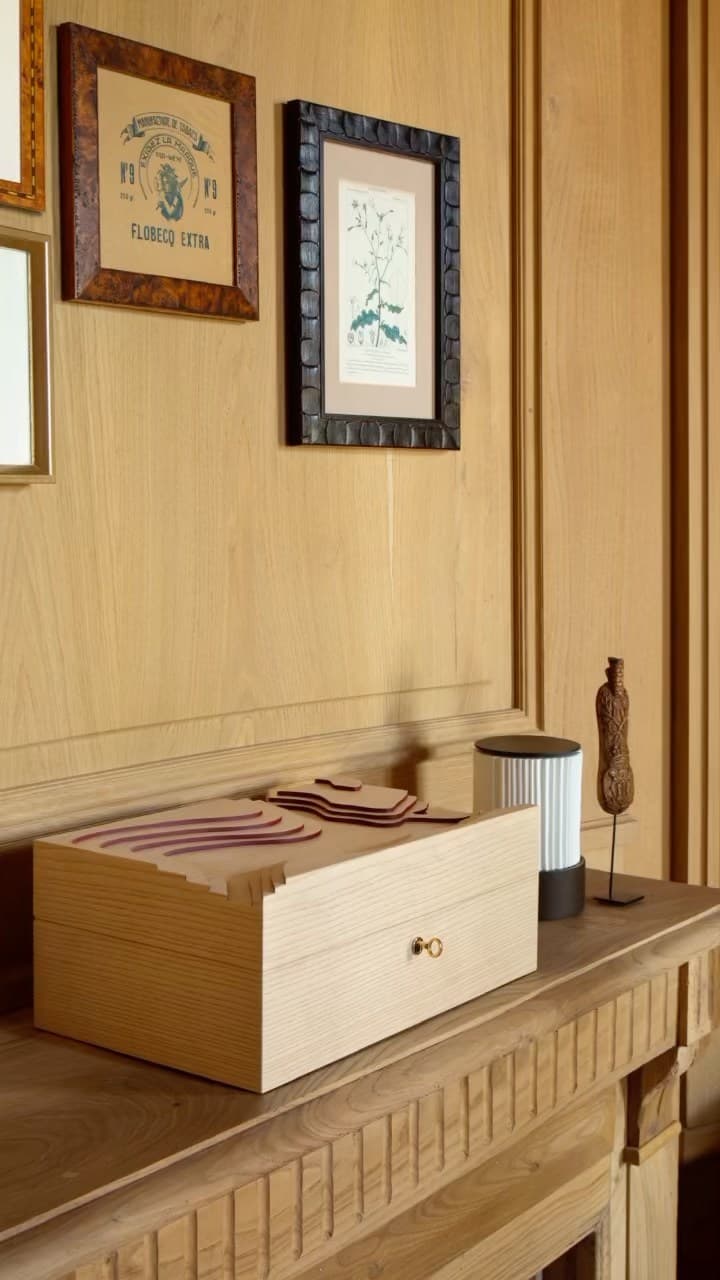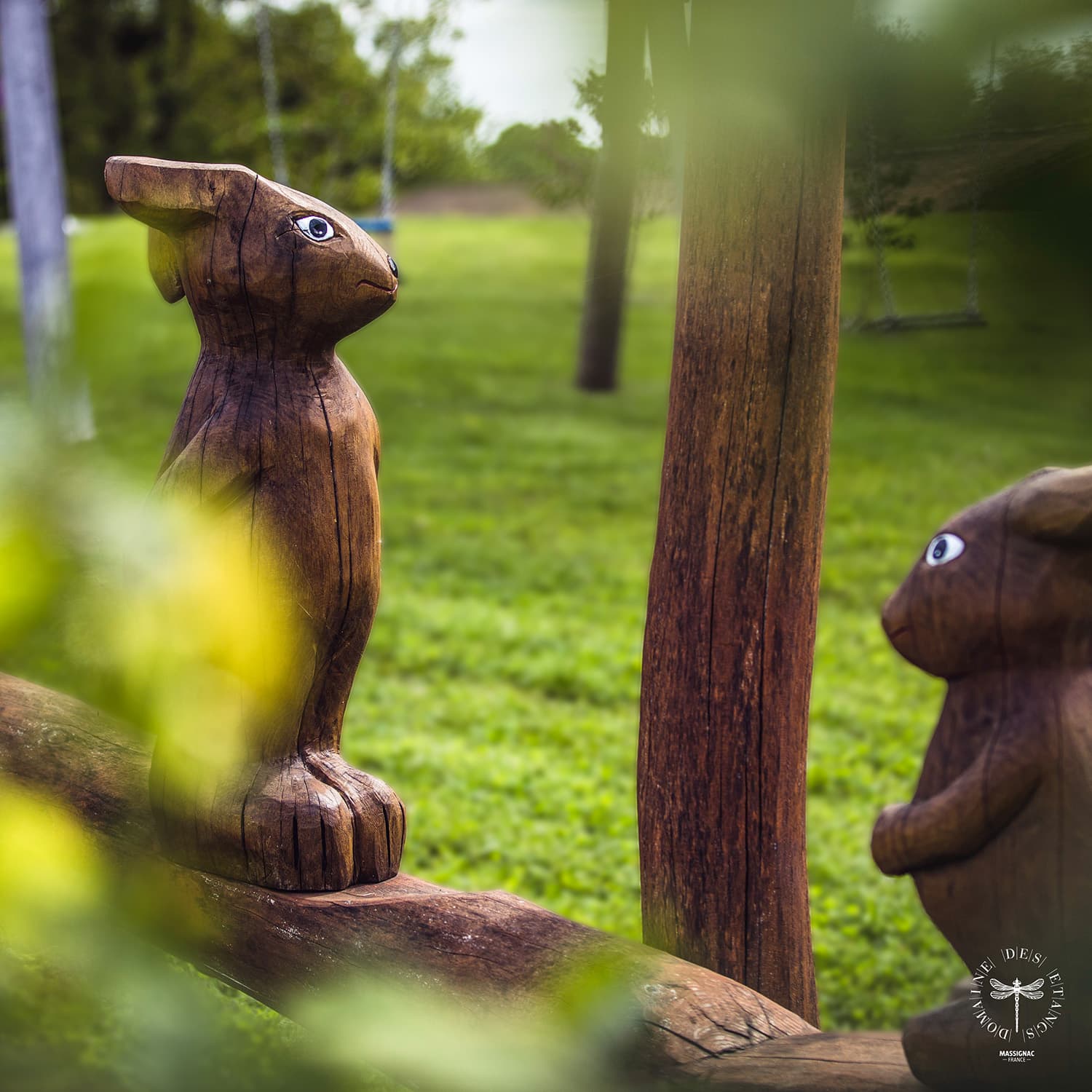What if the balance of the earth involved land management?
AN IDEA OF BALANCE
When opting for sustainable and responsible farming, the issue of the balance of the earth is essential to feed humankind and the future generations.
By balance, we mean the balance between what we take from the earth and what we give back through farming. When working the soil and fertilizing it, industrialisation and harmful chemical products are gradually replaced by natural materials.
PLOUGHING DISRUPTS THE BALANCE
After thousands of years of farming, ploughing had asserted itself as an irreplaceable practice in land management. Then the plough, the emblem of this practice, made way for the mechanisation that prevails today.
Yet, as the biologist Marc André Selosse, professor at the French Museum of Natural History, points out, this practice does not contribute to a healthy soil. Ploughing upsets the layers of the soil, damages the humus and threatens rural ecosystems. It also drives away the microfauna which is essential to recycle organic matter.
Mimicking how forests function is a promising solution to preserve the layers of the soil while embracing biomimetics and understanding nature.
The most fertile and productive environment for plants is the forest,
an environment that is resilient by nature.
In forests however, human activity is absent or almost absent and the soil is never bare. Always covered in leaves and decomposing organic matter thanks to the microfauna, the humus constantly regenerates. The plants are healthy and the soil is rich.
PROMOTING COVERAGE AND GREEN MANURES
Coverage in agriculture implies never leaving the soil bare, exposed to rainfall and changes in temperature.
Many farmers are therefore inspired by how forests function and deposit green manure on their land to protect and fertilize the soil. To achieve this, they implement a crop rotation system.
Green manure is a sown plant that grows between two crops to enrich a field. However, this cover crop must not belong to the same botanical species as the previous or the following crop.
Depending on the climate of your terroir, in France you can plant for green manure: peas from February to May, alfalfa in spring or autumn, red clover from March to September, buckwheat from April to July, white mustard from August to September, phacelia in spring or from July to September and spinach from February to May.
Some of these plants attract pollinators and prevent invasive plants from developing. Before their grains form, they are cut and ground before being mulched over the fields. They are like small reserves of nutrients that enrich the soil.
With mulch, what has been taken from nature is returned. It fertilises and bolsters the health of crops, like leaves in forests. Among other things, it provides nitrogen, phosphorus, potassium and many nutritional elements for futures crops.
As they grow, these green manures aerate the soil with their roots and structure it. As a result, they protect it from erosion and contribute to the preservation of terroirs. On a large scale, they transform the agricultural landscape. And they will bring all their benefits to your garden.
Being inspired by forests, covering the soil with green manures, allow us to give back to Nature part of what we take from it. It is a way of restoring the balance which we jeopardize with industrialisation. Preserving this balance, preserving the earth’s resources, lie at the heart of the approach of an increasing number of farmers and gardeners. We are all custodians of the earth that feeds us.
What methods do you use to preserve this balance in your crops?

